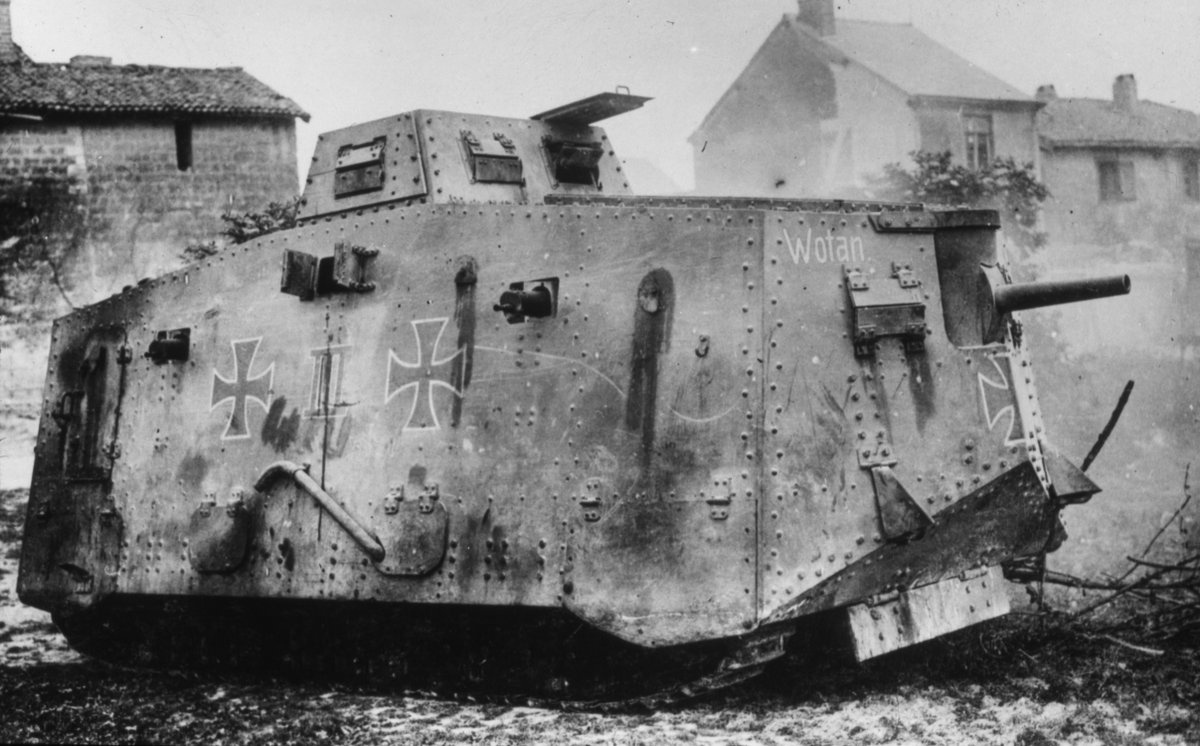
Again, the corp was in action at the gruseome Battle of Passchendaele (fall 1917). However, at Vimy ridge, for the first time, the entire corps was mobilized in April 1917. 8 old Mark II tanks were given for support.Īll these actions saw one division, more rarely two or three, engaged at the same time. In these battles, they gained fame and recognition as reckless and efficient attackers, although paying with 24,000 casualties.Ĭanadian soldiers at Vimy Ridge in April 1917. It would be joined by the 3rd and 4th Divisions between the fall 1915 and early 1916 and will see action at Neuve Chapelle (March 1915), Ypres (April 1915) and the Somme between July and September 1916. The best equipped and longest part of this CEF was constituted into the the Canadian Corps in September 1915, comprising the 2nd Canadian Division when it arrived in France. It raised 600,000 men and women (nurses, chaplains and soldiers) during the war. A larger effort for a mass mobilization was set in motion by Willoughby Gwatkin, the army head of staff. The Canadian Expeditionary Force (CEF) followed a first attempt of mobilization by Sam Hughes, the minister in charge of defence and militia. Before that, the standing army was reduced, alongside a much larger militia. Anyway, it was not before WWI that a large, professional standing Canadian army went into action. The French Canadian identity also came into view at that stage and perhaps participated in this national emergence at large, despite later creating a rift over conscription.

Three expeditions were launched, but all failed, not so much due to the British troops stationed there, but thanks to the Canadian militias. In order to harm the empire, the USA launched an expedition into Canada (very much seen as a British stronghold in North America). Indeed, in 1812, America declared war on the British Empire following incidents which involved the Royal Navy seizing men and ships in the larger context of the Napoleonic war. The Canadian army is narrowly related to the emergence of a local identity in the early 19th century.


 0 kommentar(er)
0 kommentar(er)
